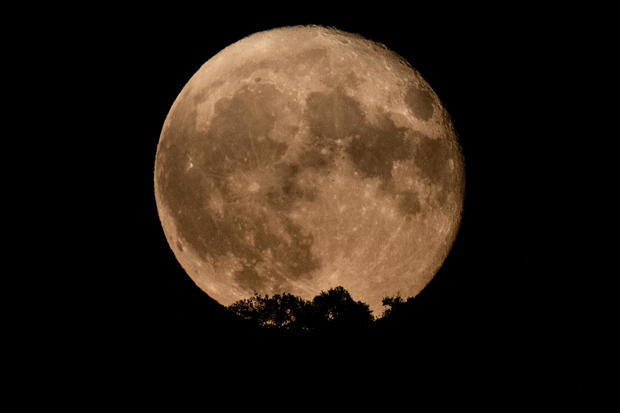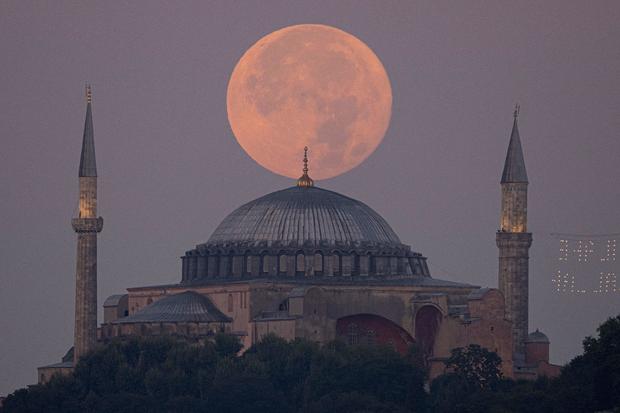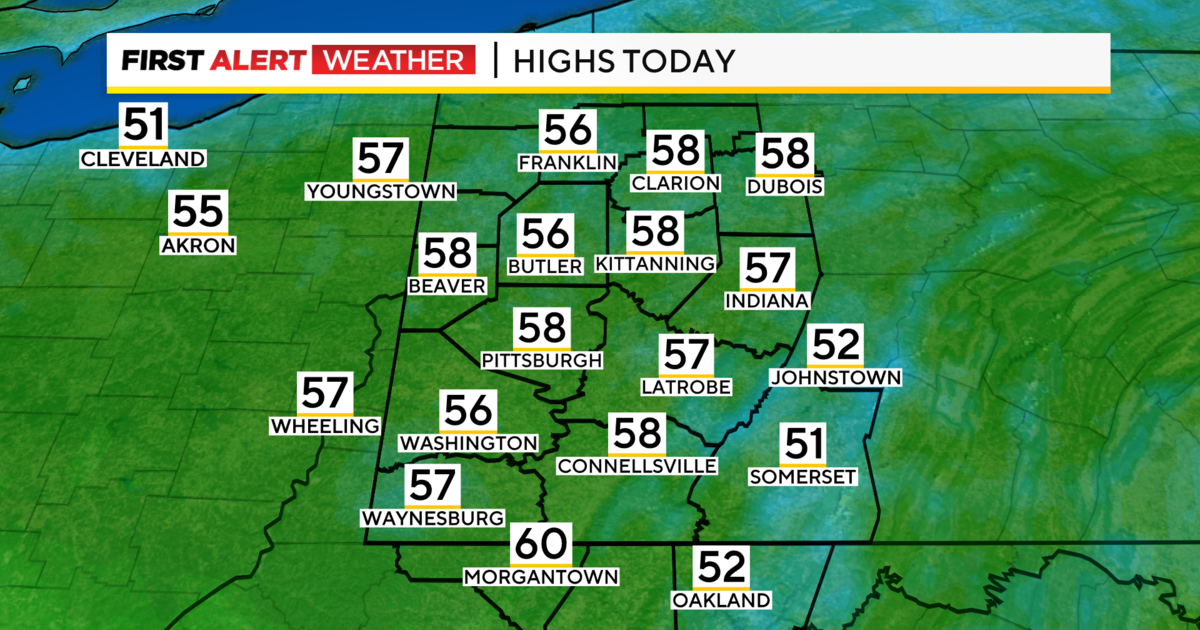When to see August's supermoons and rare blue moon
August's first full moon, also known as the "Sturgeon Moon," shined brightly in the sky on Tuesday night, Aug. 1 — part of an unusual sequence of supermoons.
It appeared brighter and bigger than the average full moon — a phenomenon that occurs when the moon's orbit is closest to Earth at the same time the moon is full. Supermoons are about 16% brighter than an average moon. The Aug. 1 full moon is the second of four consecutive supermoons,
The supermoon will be even closer on the night of Aug. 30 and it will be a rare blue moon, which refers to when there are two full moons in a single month. A blue moon is not actually blue in color.
Astronomy fans only get to see blue moons about once every three years on average. The next blue moon after the one on Aug. 30 will be in May 2026.
The last of the four consecutive supermoons this year will be the Sept. 28 "Harvest Moon."
August's first full moon is called the "Sturgeon Moon" because sturgeon were most readily caught during this part of summer in the Great Lakes and Lake Champlain, according to the Farmer's Almanac. The "Sturgeon Moon" was preceded this year by the "Buck Moon" in July, which was also a supermoon.
The first August supermoon will also impact viewing of the Perseids meteor shower, which features 50 to 100 "shooting stars" per hour at its height. The shower will peak on Aug. 12 and 13. However, it will be more difficult to see because of the moon's brightness.
"Sadly, this year's Perseids peak will see the worst possible circumstances for spotters," NASA astronomer Bill Cooke, who leads the Meteoroid Environment Office at NASA's Marshall Space Flight Center in Huntsville, Alabama, said in a blog post.
"Most of us in North America would normally see 50 or 60 meteors per hour," Cooke said, "but this year, during the normal peak, the full Moon will reduce that to 10-20 per hour at best."





